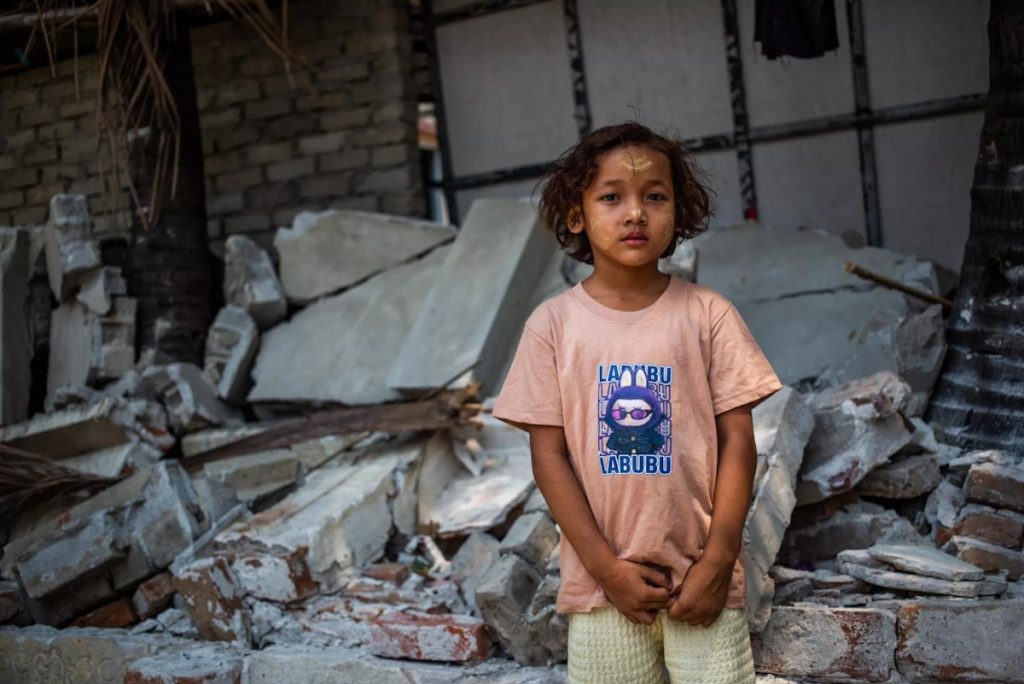The Proliferation of Misinformation in the Wake of Disasters: A Deep Dive
The digital age, while offering unprecedented connectivity and information access, has also ushered in a new era of misinformation, particularly in the aftermath of catastrophic events. From misrepresented images and fabricated videos to entirely false narratives surrounding rescue and relief efforts, the spread of misinformation on social media platforms poses significant challenges during times of crisis. Digital experts warn that this phenomenon not only exacerbates panic and distrust in official sources but can also actively hinder crucial rescue operations and obstruct the dissemination of accurate, life-saving information. The consequences are far-reaching, affecting individuals’ ability to make informed decisions about their safety, undermining public trust in institutions, and complicating the already complex task of disaster response.
The issue is exemplified by several recent events. Following Hurricane Helene’s devastation in the United States, false rumors circulated, accusing the government of diverting disaster relief funds to illegal immigrants. Similarly, the devastating earthquake in Turkey and Syria in 2023 saw a surge of fake videos, falsely purporting to show real-time footage of tsunamis hitting the region. These incidents highlight the ease with which misinformation can spread and the potential for it to exploit the vulnerability and heightened emotional state of those affected by disasters. Experts like Jeanette Elsworth, head of communications at the UN Office for Disaster Risk Reduction (UNDRR), emphasize the urgency of addressing this problem, noting that misinformation can escalate panic, delay evacuations, erode public trust in emergency services, and create dangerous distractions.
The current landscape of online content regulation is often described as a "Wild West" due to the scarcity of effective laws and the limited action taken by tech companies to combat misinformation. This lack of oversight creates a fertile ground for the proliferation of false and misleading content, often driven by financial incentives. According to tech policy group What To Fix, content creators earned over $20 billion in 2024 through advertising revenue-sharing agreements with social media platforms. This revenue model, based on views and shares, inadvertently incentivizes the creation of viral content, regardless of its veracity. The potential profits associated with misinformation are further illustrated by estimates showing that fraudsters can earn tens of thousands of dollars during crises, exploiting the demand for information and the vulnerability of those seeking it.
The financial mechanics of misinformation are complex. Content creators on platforms like Facebook, Instagram, and TikTok receive a share of the advertising revenue generated by their posts. This system inadvertently rewards creators for producing viral content, even if it’s false or AI-generated, as higher engagement translates to increased revenue. This dynamic has become particularly problematic in regions with limited access to information, such as Myanmar, where internet shutdowns and political instability have created an information vacuum readily filled by misinformation. While platforms like Meta and TikTok claim to be actively combating misinformation through content removal, fact-checking partnerships, and algorithm adjustments, the effectiveness of these measures remains debatable. Critics argue that more proactive measures are needed, including stricter content moderation policies and greater transparency regarding the algorithms that govern content visibility.
The lack of readily available and reliable information during crises exacerbates the problem. In situations where official information channels are limited or inaccessible, people often turn to social media for updates, making them particularly susceptible to misinformation. This vulnerability is amplified by the clickbait nature of many false posts and the way social media algorithms prioritize engagement, often placing misleading content at the top of newsfeeds. This can severely hamper aid efforts and put lives at risk, as access to accurate information is crucial for effective disaster response and recovery. The situation in Myanmar following the 2021 coup and subsequent internet shutdowns serves as a stark example, where the combination of information scarcity and the prevalence of financially motivated misinformation created a dangerous and chaotic online environment.
Addressing the challenge of misinformation requires a multi-faceted approach. Digital rights advocates argue that social media platforms need to take more proactive steps to prevent the spread of false information, rather than relying on community reporting after the fact. This includes stronger content moderation policies, greater transparency in their algorithms, and more robust fact-checking mechanisms. Governments also have a crucial role to play in establishing legal frameworks that hold platforms accountable for the content they host, while also protecting freedom of expression. Furthermore, a collaborative effort involving civil society organizations, religious leaders, local media, and individuals is essential to promote media literacy, critical thinking, and responsible online behavior. Ultimately, combating misinformation requires a collective commitment to prioritizing accurate and reliable information, especially during times of crisis when it is most needed.


